Kia Tasman ute is coming in 2025
The all-new Kia Tasman 4X4 dual-cab ute is coming to Australia. Here’s what you need to know and expect from the new pick-up kid on the building site. Can it compete with Ford Ranger and Toyota Hilux?
The Kia Tasman ute is the worst kept secret in the Australian car industry and there’s an agonising marketing campaign set to drag out the wait.
All we’ve had thus far is a bunch of frivolous marketing attempts at humour, and we recently learned in an official capacity that Tasman is the name.
Mainstream motoring websites love this stuff because it gives them endless content to pump out in order to keep you clicking back for more. But on the Kia Tasman ute, the details on this vehicle - the stuff that really matters to actual ute buyers - couldn’t be an easier bet, if unconfirmed.
Using the academic rigor of deductive logic, here is everything you should expect from the Kia Tasman ute when it lands in mid-2025. If Kia won’t just come out and tell you what you want to know, and give you reasons to hold of on purchasing that Ranger or Triton or Hilux or BT-50, then AutoExpert will.
Let’s make this point clear: This is the most important vehicle Kia has ever made. The Stinger was right up there in terms of making a statement to the car industry and the consumer that they could cut it with the big names, but the Tasman ute is something even bigger.
If Kia stuffs up their first ute, it will have a reputational ripple effect that will take 10 years to recover from. You only need to look at the first-generation SsangYong Musso, the pioneer of South Korean ute design in Australia, which never fully recovered.
If the Tasman is a gutless, half-arsed case of ‘close but no cigar’, every tradie and fleet manager will blacklist it as the one that talked itself up, but fell flat on its face.
So in this report, let’s see what Kia (and stake-owning parent company Hyundai) has to work with in terms of good signs that the Tasman ute won’t be a shitbox.
First up, the platform will be the same as Kia’s large 4WD already in production, called the Mohave - it’s a low-range, hardcore off-road 7-seater built in South Korea - and that’s a bloody good place to start if you’re a car company wanting to develop a ute.
Think of how Mitsubishi does Pajero Sport and Triton, or how Ford does the Everest and Ranger, off the same underlying ladder-frame chassis. We know the ute’s name will be ‘Tasman’ based on some recent media IP sifting, but the name of whatever 4WD wagon is spun out of the Hyundai Motor Company or its Kia subsidiary remains a mystery - unless you go back in time.
We’ll get to that.
Here is the latest example of the 18-month long pricktease we are all going to have to endure, as Kia Australia finally confirms what everybody already knew, and yet fails yet again to give us much reason to hold off on that Ranger or Triton.
MAIN COMPETITORS
Why Tasman needs to rival Ranger and Hilux in Australia
If the Tasman doesn't compete with other utes on fundamentals, Kia is going to be a laughing stock. On building sites, in the mines and importantly at every caravan park and at every watering hole at the end of every 4WD dirt highway.
This is a very important vehicle for Kia Australia - more important than most people realise. Internally, they do salivate about EV6 and EV9, but this is actually the most important vehicle launch for them since the Stinger because it is extremely relevant and it could attract enormous potential sales.
Tasman is also lobbing at a time when the likes of Ford and Isuzu, serendipitously, are going to be under massive commercial pressure from the federal government's proposed new vehicle fuel economy standard. So that's quite good, strategically, for Kia.
The Tasman is going to have to have 3.5 tonnes of tow capacity and at least 1000 kilos of payload. If it doesn't: laughing stock. This is not negotiable.
It's needs to have a ladder frame with a body and a tub on top, because it has to be a direct competitor - not a pretender.
Hence 500 Newton metres of peak torque would want to be the target output, but that might be a real issue given the constraint on engines, which we will get to below.
It would be also quite nice if it swallowed a Euro pallet in the tray, wouldn't it? New Triton doers. Ranger and Hilux do. Even the BT-50 and D-Max do.
Tasman must offer proper off-road capability - low range transfer case with at least one cross-axle differential lock - because Triton has a rear and centre diff-lock, Ranger has a rear one with an electromechanical clutch-pack to simulate a front diff-lock; Hilux has a rear diff-lock, and so does D-Max and BT-50. A Sorento-style soft-roading drivetrain is just not going to cut it with other competitors that can do proper hardcore off-roading. Every ute buyer embraces that, they want the off-road capability - even suits in utes who never use it.
If Tasman cannot do that, they might as well just stop now.
They also need to get their dealers onside, and dealers only care about money, because they want to make a profit flogging it. This means opening the floodgates on all of the genuine accessories that are possible - all of that pimp’s ute equipment that you (probably) don't actually need but which looks cool and allows you to join the 4WD club. Stuff like the bullbar, the rock steps, the roof rack, the snorkel, the sports bar and the motorised tonneau cover - the list goes on.
There's probably more profit in this ute pimping exercise (for the dealer) than there is in the clean skin car.
The Tasman is also going to have to be five-star on safety, otherwise it's not going to sell into mines and construction sites.
Cost is going to be Kia's biggest problem.
See when Mitsubishi recently released the new Triton they had the old Triton as an R&D springboard so that was kind of convenient. It was a platform on which to upgrade to the new one and that really helps in fact the launch of any new model is typically also the commencement of R&D on its successor.
In many ways, the R&D process fixes the glaring faults on the current one and incrementally improves it elsewhere.
Kia doesn’t have this ute-specific evolutionary beginning. It's never a completely clean sheet of paper for other utes on the market, except if you don't actually have a predecessor which is exactly where Kia is with the Tasman.
This is going to be even more expensive as processes go. This Tasman is, reportedly a full-sized ute, like a Hilux-sized competitor (according to them). That's expensive to do from the ground-up.
Amortizing the R&D into the units they're going to sell is going to pump up the price significantly, or alternatively it will just take a long time to pay off.
Obviously they're going to try and cobble it together from as many components as possible that they already have in their R&D inventory, and Hyundai/Kia has a fairly big footprint, so there's probably a division somewhere (military, mining or agribusiness).
They probably have a basic body-on-frame architecture that they might be able to clone at least a proportion of, but the cost of doing this is still going to be high.
Ultimately you are going to be paying for that, which is why it's taken so many years for them to get to this point, because the demand in the market for utes has always been there.
Watch the full video report above to get the complete analysis of the Kia Tasman ute and what you can expect from it.
The engine and powertrain is one of those aspects motoring journalists love to salivate over, but if you pay even moderate attention to the Hyundai/Kia product, you’ll know their best engine is the 2.2-litre turbo-diesel running in Carnival, Staria, Santa Fe, Sorento and Palisade.
It’s an engine offering a wall of smooth, low- to -mid-RPM power, it’s economical and it has been bulletproof in the market for many years now. This info about it being a diesel engine was ‘leaked’ by a dealer according to one of the big car media mobs, but it’s hardly proof of who shot JFK. Why would they use anything else?
Every vehicle with this engine bolted into it is designed to carry payload, be it people, medium-duty towing, the vehicle’s own kerb weight, and plenty of luggage.
Paired with the company’s highly active all-wheel drive system in Palisade, Santa Fe and Sorento, you can bet your arse the Tasman will be a strong contender in Australia’s highly competitive ute market.
There is a good argument to be had, mostly among anorak motoring journalists, that the 194kW 3.0-litre V6 diesel sold in South Korea, which is Euro6 rated, could be introduced as a premium powertrain option to go up against the macho Amarok and Ranger V6. But this prospect will be less important to the Tasman line-up as the 2.2 which will be the predominant powerplant.
TOWING
This is a curious aspect to consider. Does Kia Australia market for 3.5 tonnes of max braked towing capacity, or does it play the wiser, slightly safer game of conservatism by joining Mitsubishi Triton in dialling back the arms race and reserving its towing capacity to 3000kg or even 3200kg?
Ultimately, the Tasman will likely end up a similar sized vehicle to the Triton, so weighing int at two tonnes, give or take. Towing anything heavier than the Tasman is on the bad side of the unsafe scale. The question is how far will it go?
Expect 3000kg, that’s a given - minimum.
SUSPENSION
Has to be leaf springs, front and rear. Nobody is dumb enough to ‘do a Nissan’ with rear coil springs on a light commercial vehicle - certainly not Kia.
You might be tempted to look at the modern-day Hyundai and Kia range and deduct that this is a brand that doesn’t know how to build tough, practical commercial vehicles. But you’d be wrong.
The Hyundai Staria-Load towers over most other vans and it flexes more internal cargo capacity than the hallowed Toyota Hiace. Hyundai also builds thousands of medium and heavy duty trucks, while Kia still builds the single-cab light truck called the K2700 in its domestic market.
You can reasonably expect a very high payload capacity of around 900kg on upper-spec model variants, and up to 1000kg, possibly slightly more, on middle- or lower-spec variants where less equipment means lower kerb weight to eat into the vehicle’s GVM.
Building a ute in this market means Kia has been reverse engineering the likes of segment leaders Toyota Hilux and Ford Ranger, as well as Triton and BT-50/D-Max. So it will be four-wheel drive, without doubt. Expect High-4 operation, but let’s hold the applause to see if they can design a centre differential that can operate on high-traction surfaces like Mitsubishi Triton, which is the technically superior ute among its rivals for this reason, and it can be switched into this mode while in motion (up to 100km/h).
If the Kia Tasman can operate in these unsealed conditions, like dirt, gravel, heavy rain on bitumen or icy conditions, without having to resort to 4-Low, Triton will have another legitimate contender. This is great for consumers like you, as it gives you more options in the market.
The point here is, Hyundai Motor Corporation, which includes Kia, knows how to build a light commercial vehicle and we know it can build a very comfortable, well-equipped, modern and reliable passenger vehicle - meaning the Tasman has all the ingredients for a dependable, high quality and very capable ute which should sell its socks off in the Australian market given that Kia is a top 5 brand and boasts an excellent customer service reputation.
There’s no questioning this will also be a seven-seat, three-row family expedition 4WD. Palisade, Santa Fe, Sorento are all dedicated seven-seaters, and while it wouldn’t be hard to see them make an optional five-seat version, seven is kinda the standard here.
TRANSMISSION
As I proved in 2020, the Hyundai Santa Fe’s eight-speed dual-clutch will take punishment. And not some high-speed track thrashing or performing J-turn stunts for a Fast & Furious action movie.
I mean it’ll take numerous, repeated hard starts up a steep incline with no chance to cool down. I also tested this transmission in the current Kia Sorento by committing an act of transmission torture in the form of slow, uphill take-offs. It’s a very good, robust, smart transmission.
But odds are, Tasman will probably get the eight-speed conventional epicyclic automatic transmission with torque converter used in the Sorento and Santa Fe petrol V6 powertrains.
There is also an eight-speed conventional auto in the 3.0L Mohave in the Korean market. So it’s fairly obvious that unit will also cope better with greater loads placed upon the powertrain under heavy towing applications, in low-speed low-range off-road conditions… and with tradies who generally don’t understand mechanical sympathy when taking off from the lights fully laden.
What Kia does need to prove is its credentials in building a proper hardcore off-roader, because that is the kind of product we haven’t seen the Hyundai Motor Group produce in a long time, particularly not here in Australia.
But there is also a question of whether it can take on a Ranger or Hilux in the Australia ute market - because they are the kings and if the Tasman cannot compete with these two, it’s a pointless, and very costly, exercise.
A new Mitsubishi Triton is coming very soon, expected by the end of 2023 or early in 2024. For more details on this, checking out my dedicated 2024 Mitsubishi Triton preview report here >>
RETURN OF THE TERRACAN?
The last Hyundai or Kia that offered a low-range transmission and properly beefy suspension and driveshafts, was the Hyundai Terracan back in the mid-2000s.
While it sold in reasonable numbers, it paled against the Toyota LandCruiser, the Nissan Patrol and Mitsubishi Pajero (Pajero Sport didn’t exist back then), all of which had longer pedigree and a stronger fanbase among car buyers who weren’t necessarily up for a Holden Commodore or Ford Falcon. LandCruiser, Patrol and Pajero were the royal flush of bush-bashing Aussie bogans back when John Howard was running the show.
In its day, the Terracan was what the Pajero Sport is to today’s LandCruiser 300 and Ford Everest - a budget 4X4 wagon tahat was excellent value for money. It was $7000 cheaper than the nearest Toyota Prado, at the time. So you could have one at just under $40,000.
Between 2001 and 2008, Hyundai Australia sold just 240 units shy of 10,000 Terracans, so roughly 1400 per year. That might not seem like much, but Holden, Ford and Toyota were market leaders back then, hogging the majority of sales.
Back then, the Terracan was a value proposition, but there were compromises in the off-road domain where it simply wasn’t as good as its premium rivals in terms of suspension, and overall practicality, but that’s the nature of compromise.
Today however, Hyundai makes among the best quality vehicles on the market, with specs and performance generally that is line-ball with the best on offer from the Japanese brands and others built in Thailand. That gulf between Hyundai products has shrunk comprehensively. And both Kia and Hyundai brands have serious clout in the Aussie market now - they are both top 10 brands and people have been waiting (and hoping) for years that these brands would expand into the 4WD and ute product ranges.
Could this be a sign that the Hyundai Terracan is coming back? If you look at the clever execution of Kia Carnival versus Hyundai Staria people movers, the Kia Sorento and Hyundai Santa Fe with Palisade in close proximity, and the HMC’s planned product assault announced a couple of years ago, this could be the antithesis of their Australian and global enterprise.
With the launch of the 4WD Kia Mohave in the year or so in overseas markets, along with the success of Kia Telluride in the US, Hyundai Palisade and Santa Fe plus the Kia Sorento here, the timing couldn’t be better for the next chapter in this story.
And best of all, global product tuning teams at Kia Motors have been cited by the company’s local arm as having made many R&D circuits to Australia in the last few years. This should tell you, with their vehicle dynamics and handling genius Graeme Gambold in the Kia Oz skunkworks, the Tasman ute should be a very capable machine indeed.
My AutoExpert AFFORDABLE ROADSIDE ASSISTANCE PACKAGE
If you’re sick of paying through the neck for roadside assistance I’ve teamed up with 24/7 to offer AutoExpert readers nationwide roadside assistance from just $69 annually, plus there’s NO JOINING FEE
Full details here >>
AutoExpert DISCOUNT OLIGHT TORCHES
These flashlights are awesome. I carry the Olight Warrior Mini 2 every day - it’s tiny, robust, and super useful in the field or in the workshop. Olight is a terrific supporter of AutoExpert.
Use the code AEJC to get a 12% discount >>
Generators suck! Go off-grid with AutoExpert BLUETTI PORTABLE POWER STATIONS
Need mobile, reliable power? If you’re camping, boating, caravanning or building a dirty big shed in the back paddock, and you need to run a refrigerator, lights, air conditioner, cooking, and/or a bunch of tools - Bluetti has a clean, tidy, robust solution…
Get your AutoExpert free shipping discount here: https://bit.ly/3n62heK





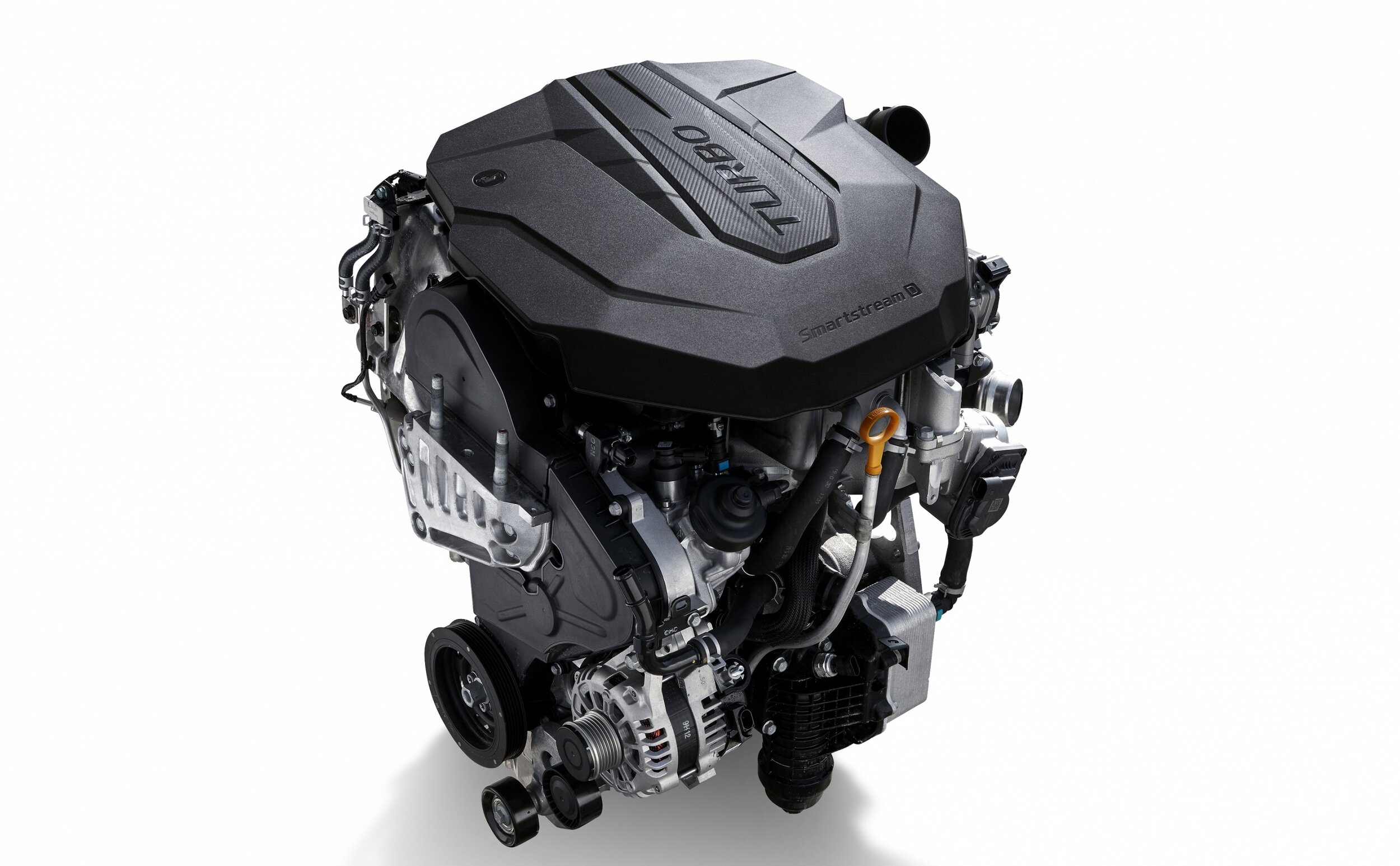
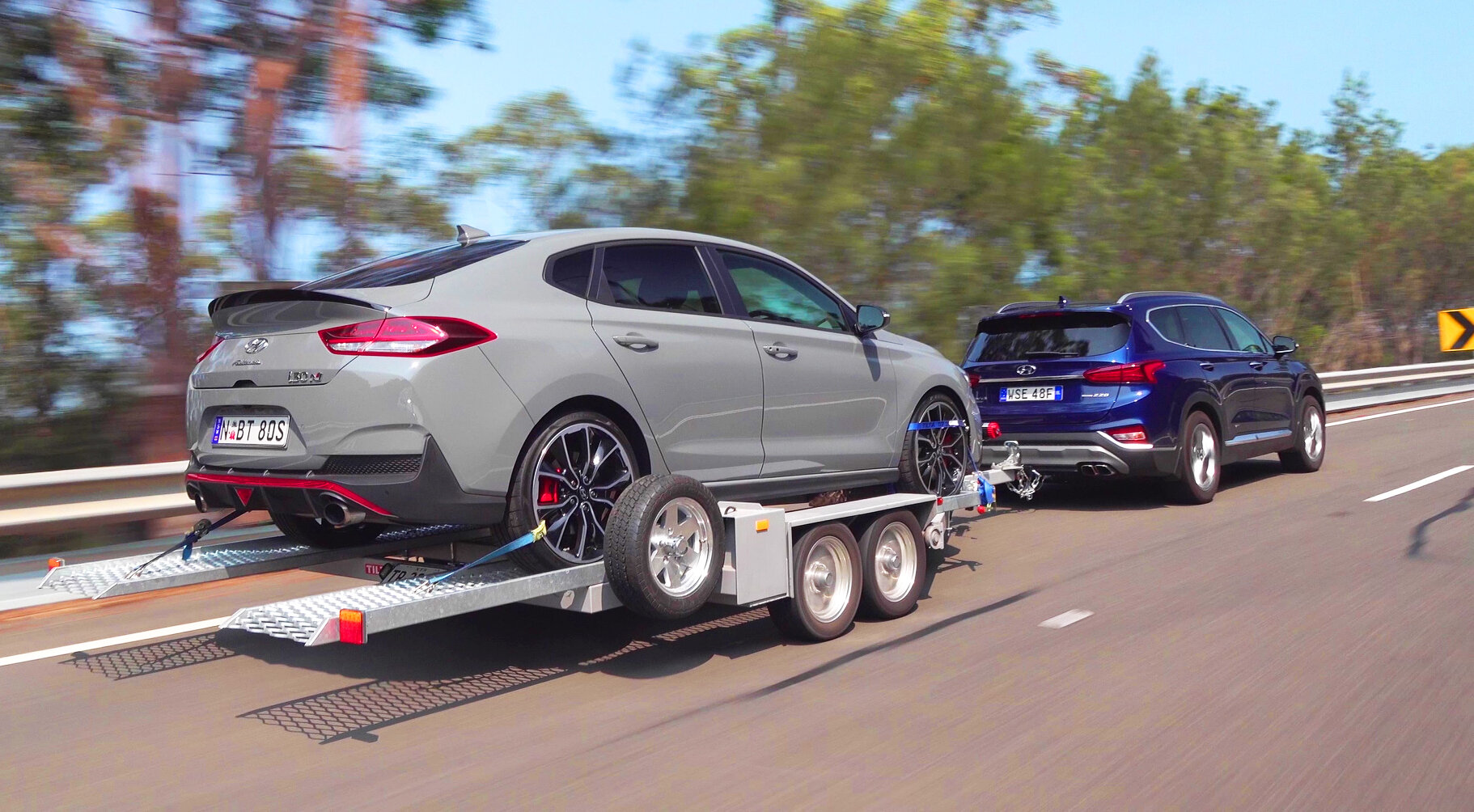

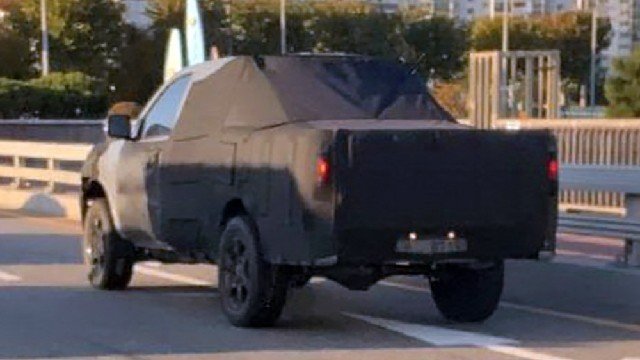

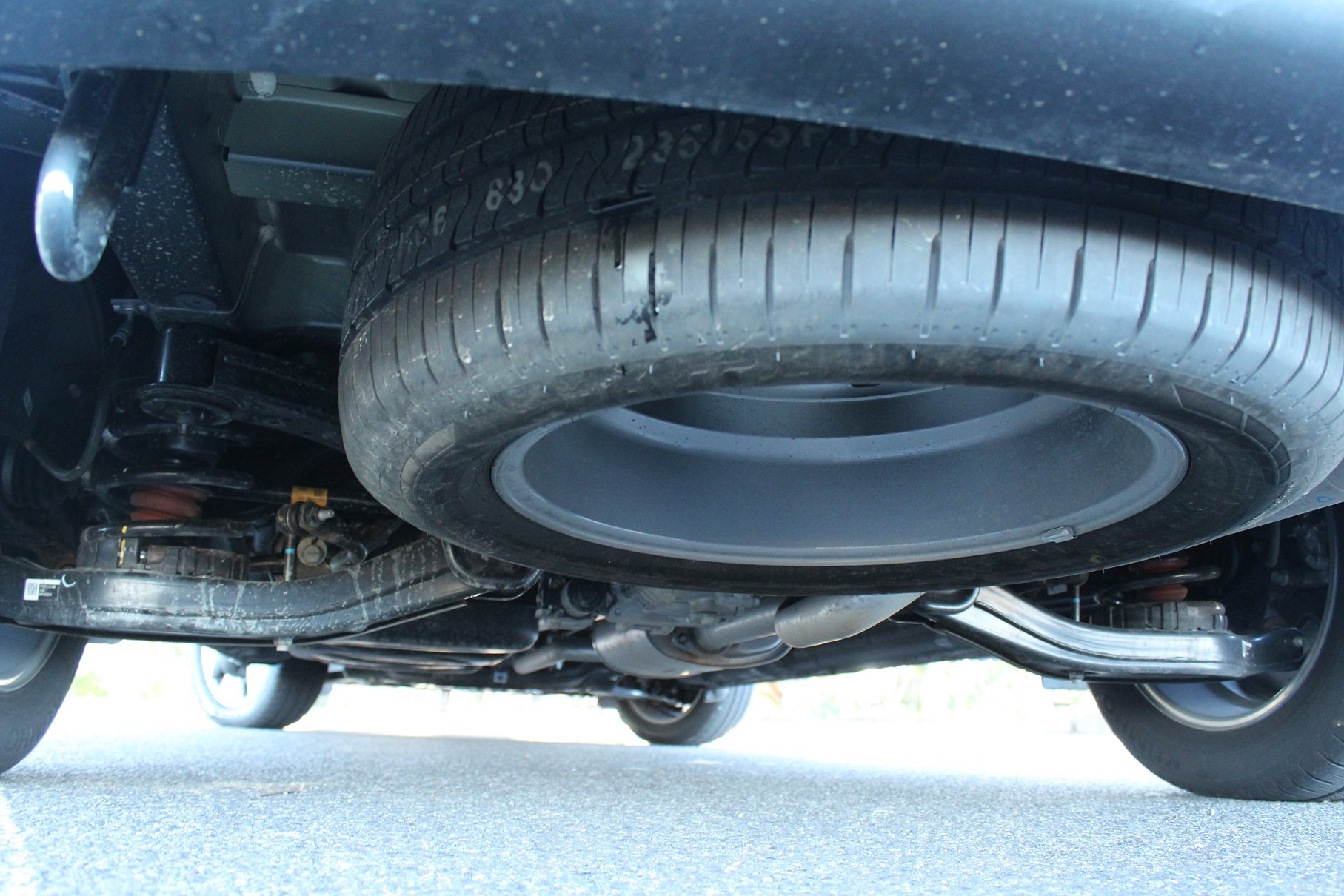
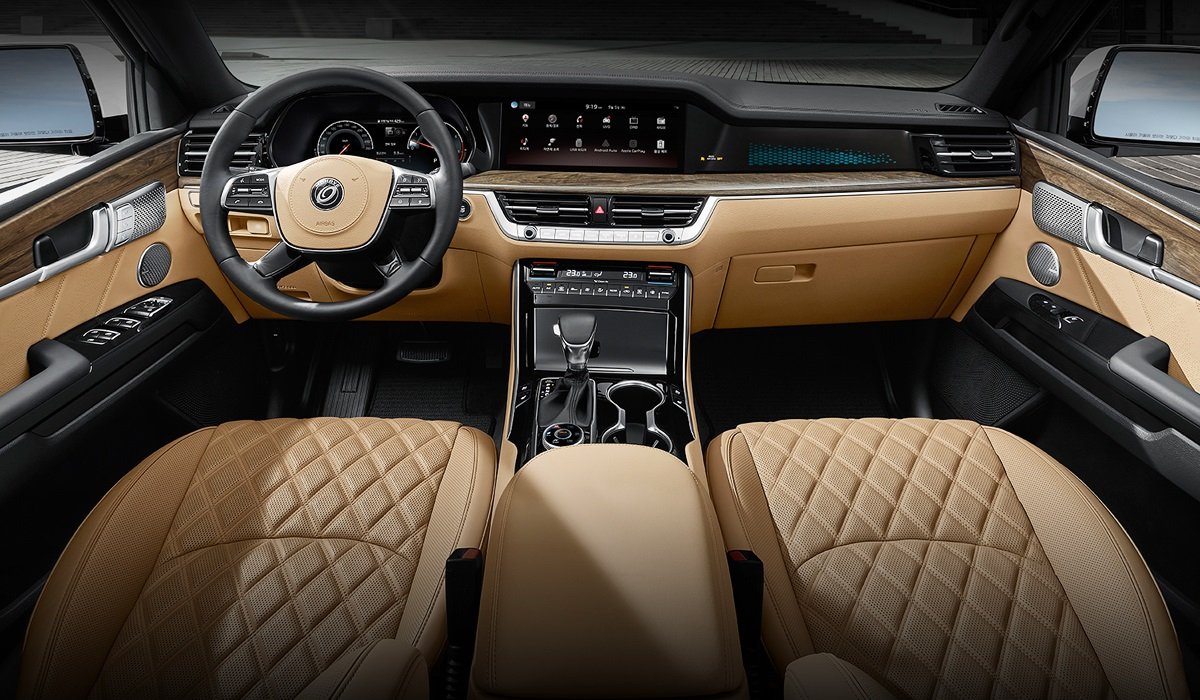

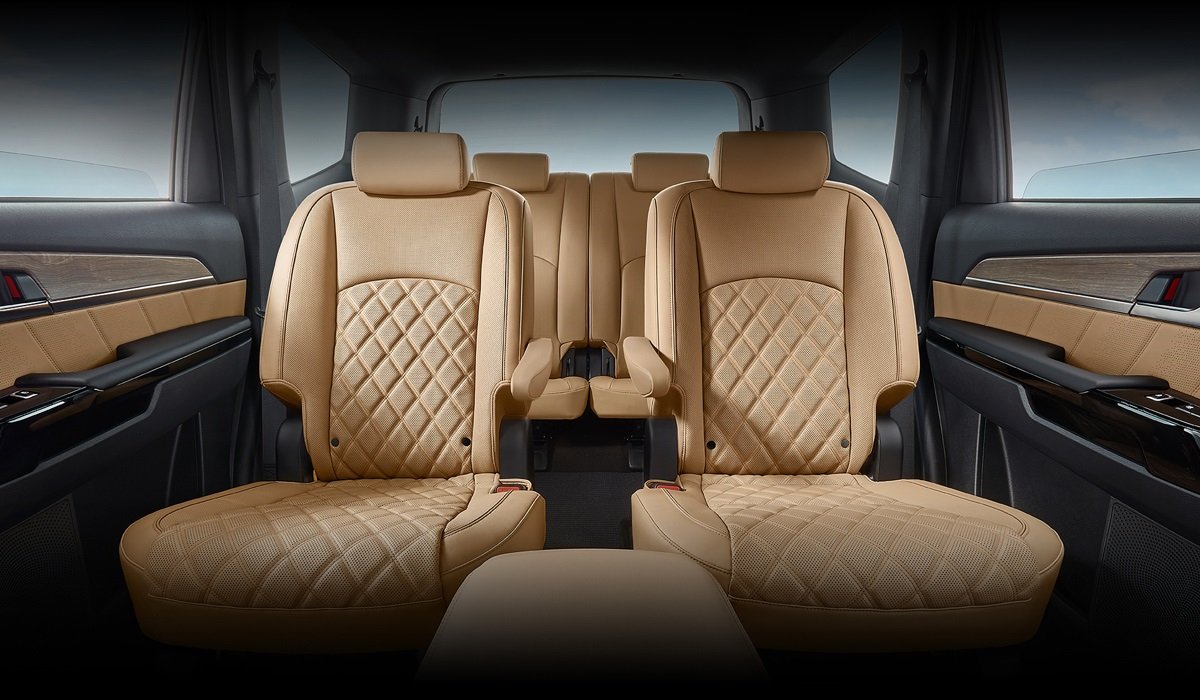
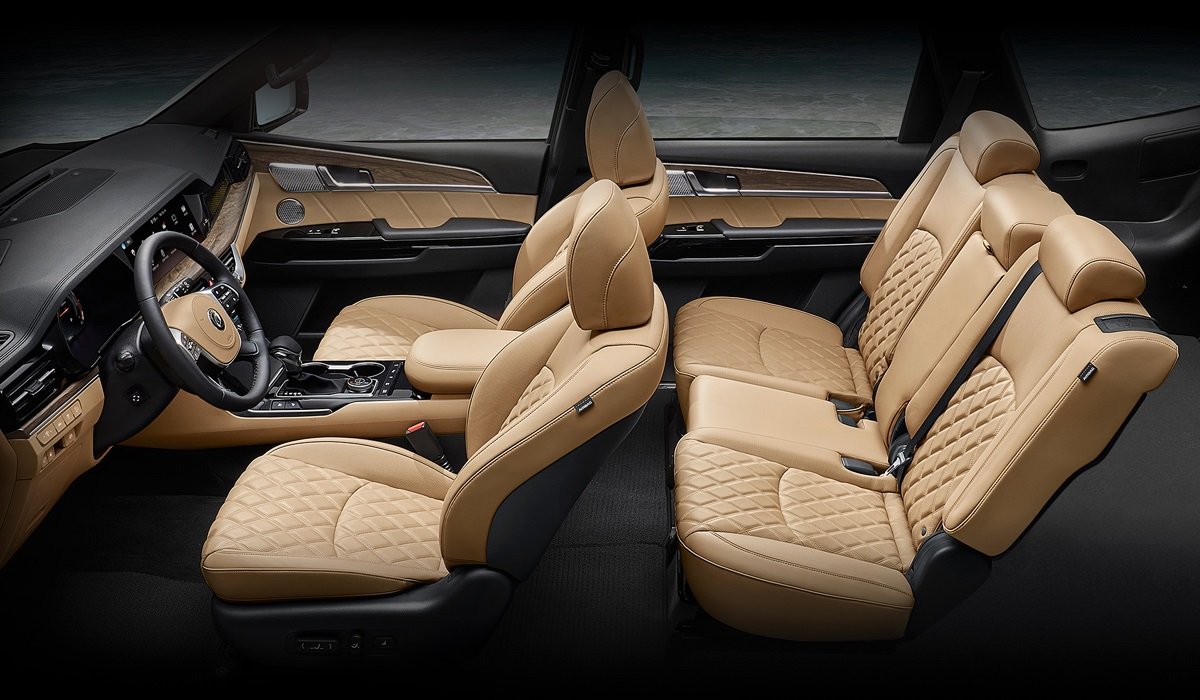
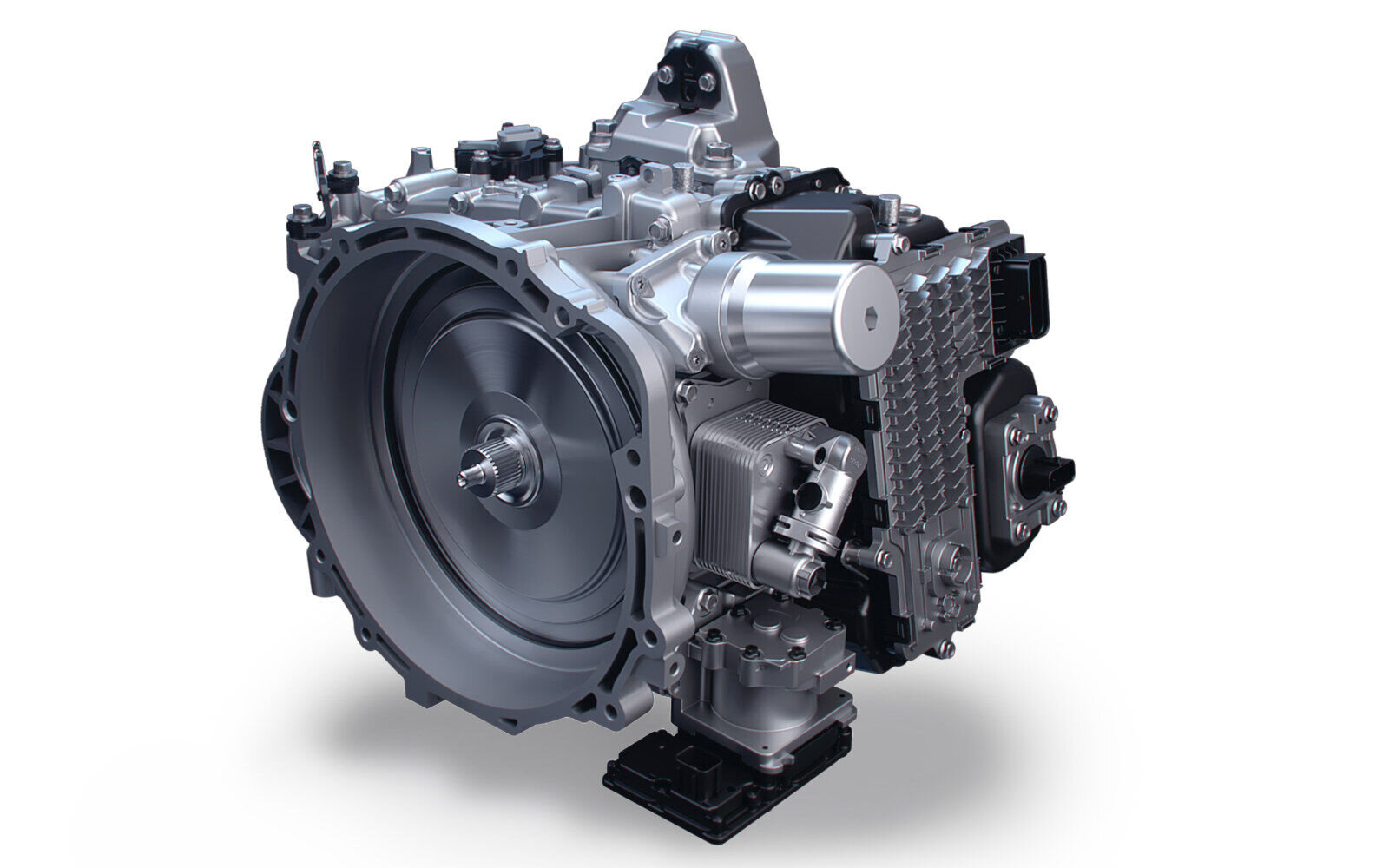
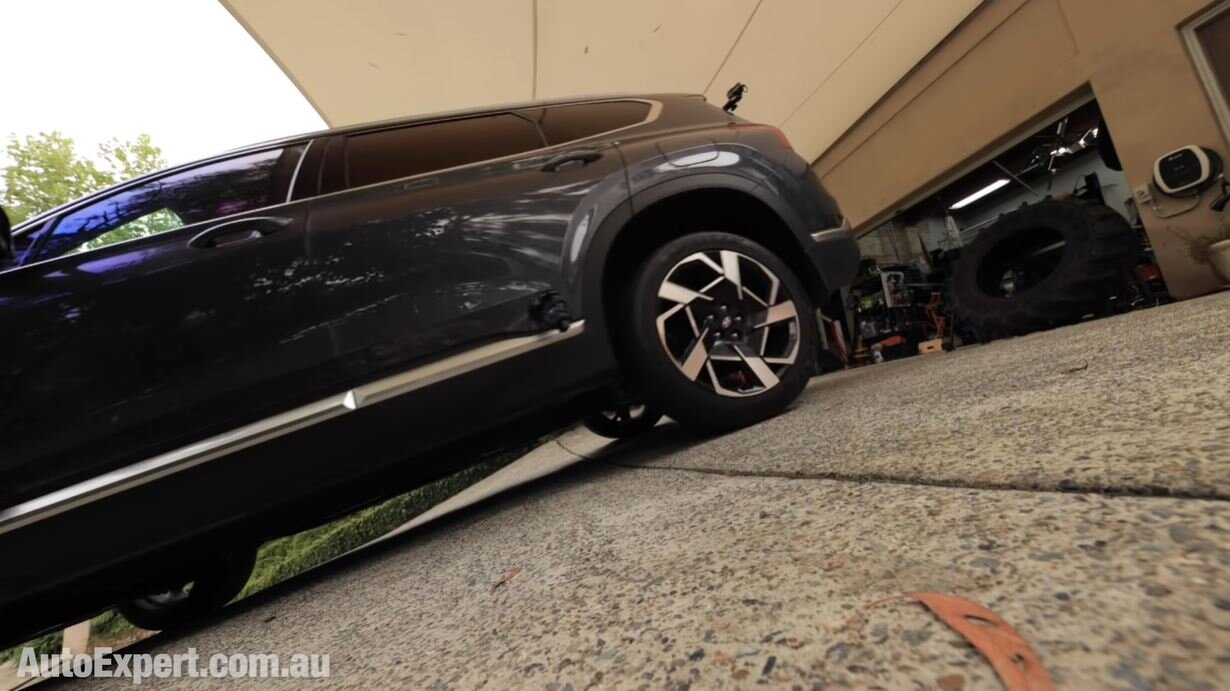
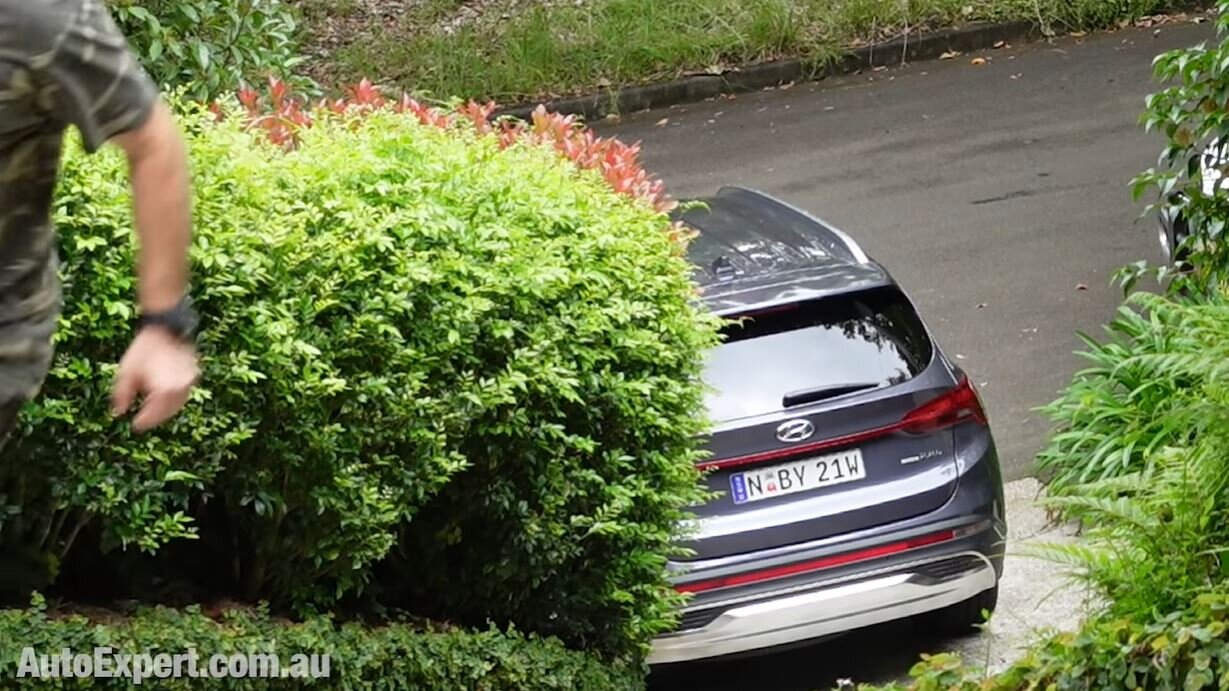
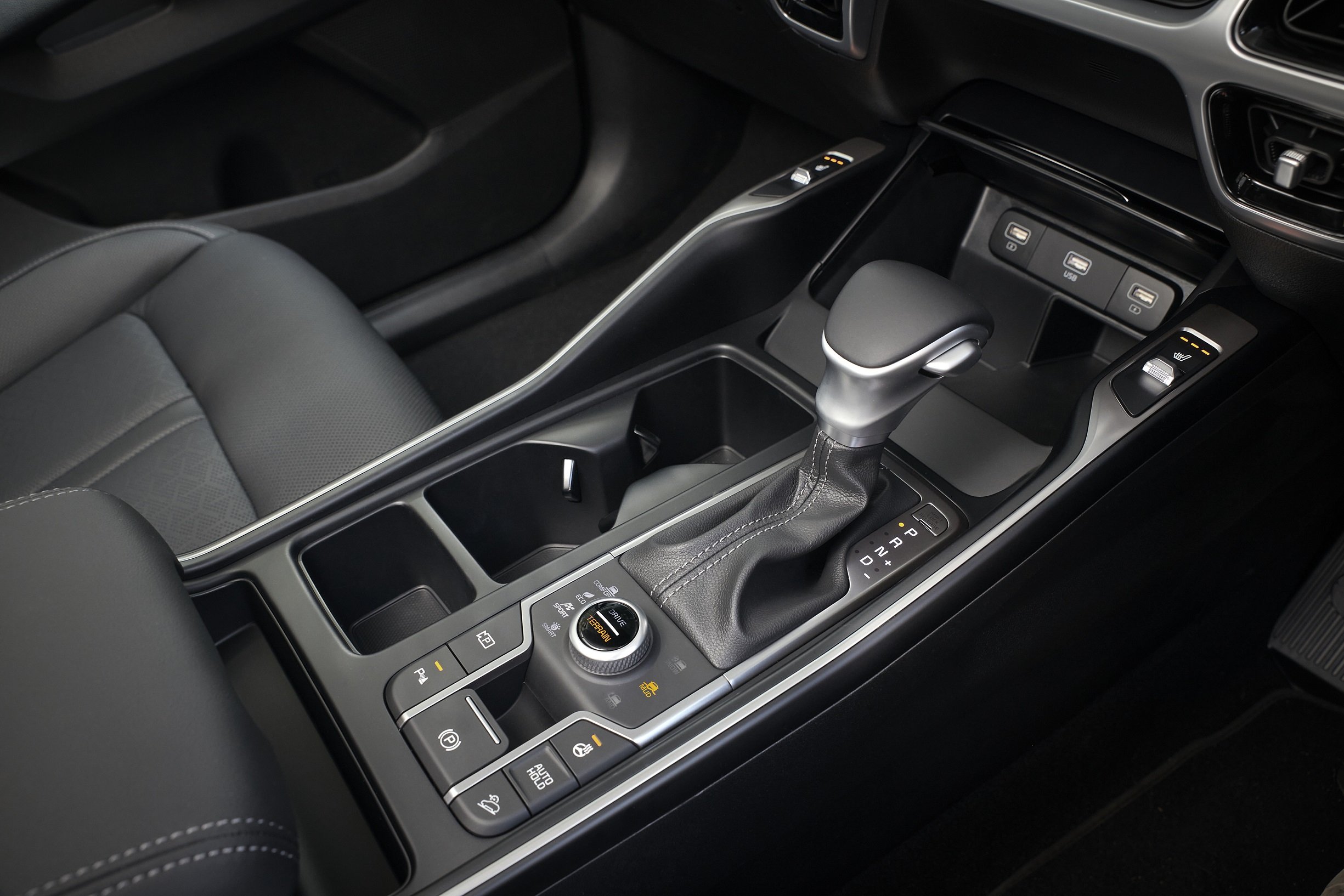

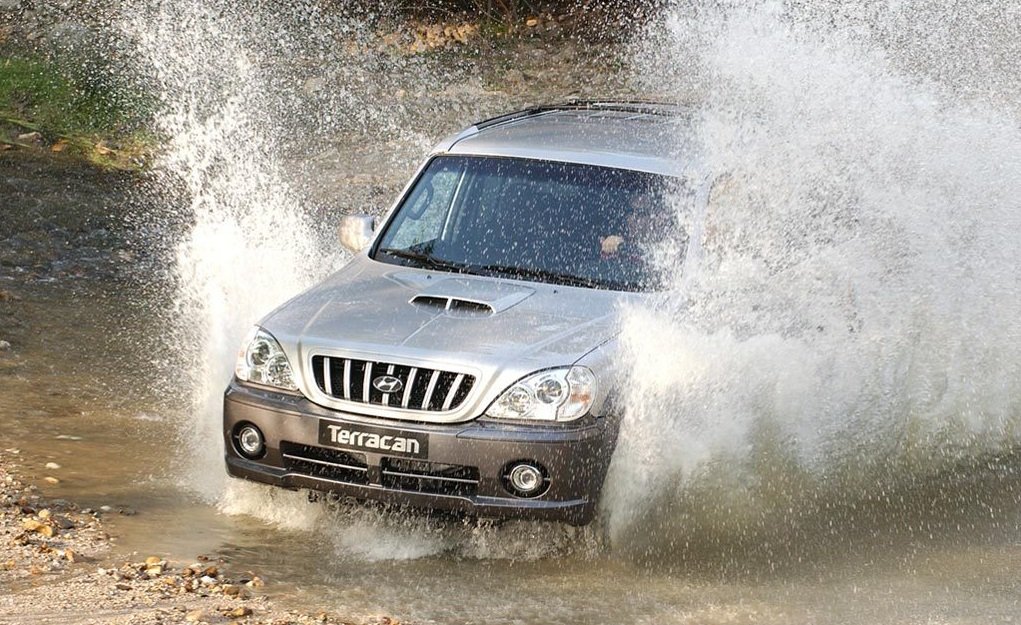
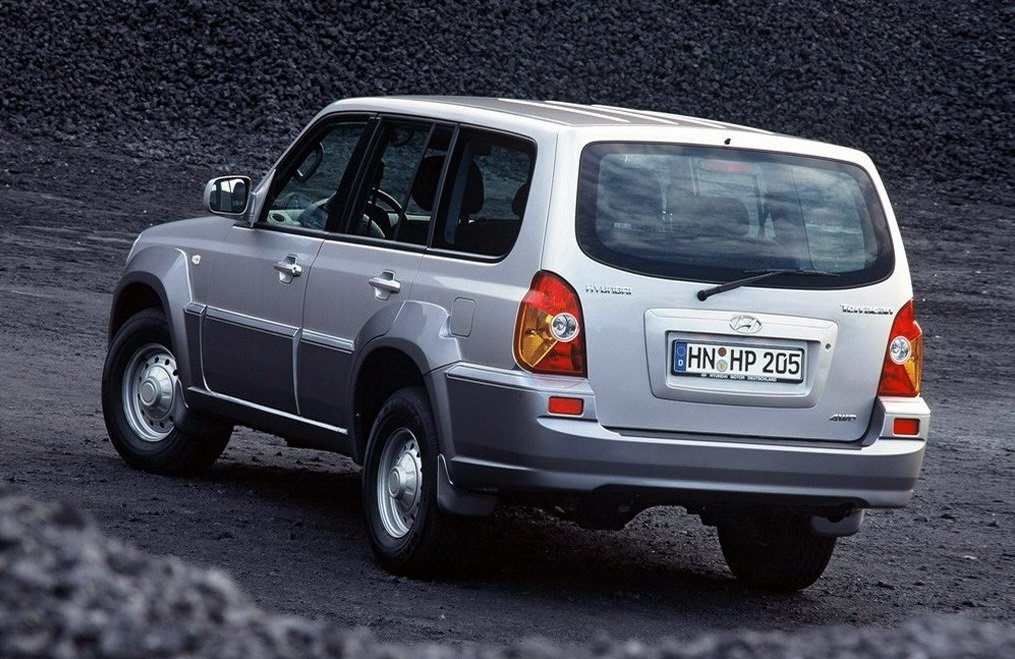
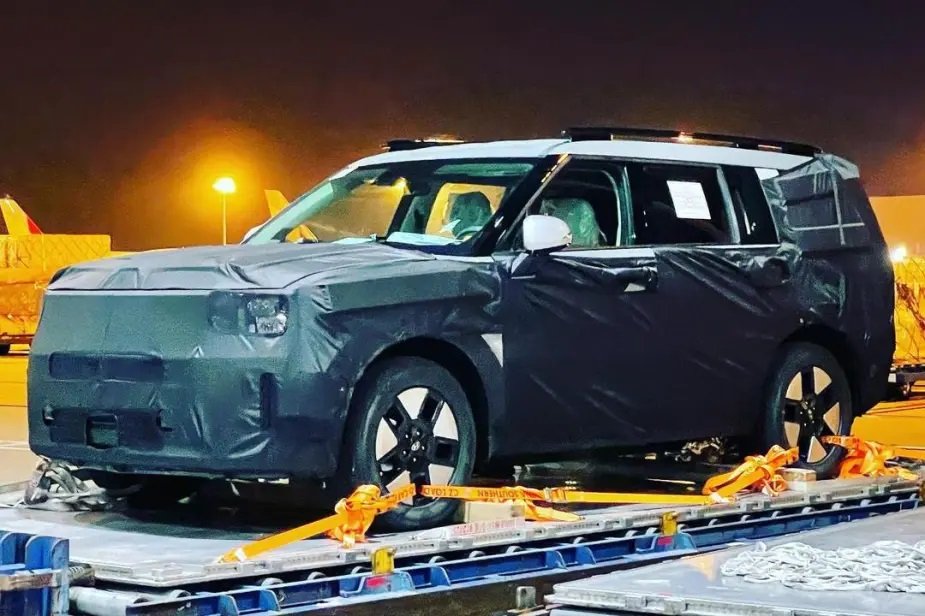
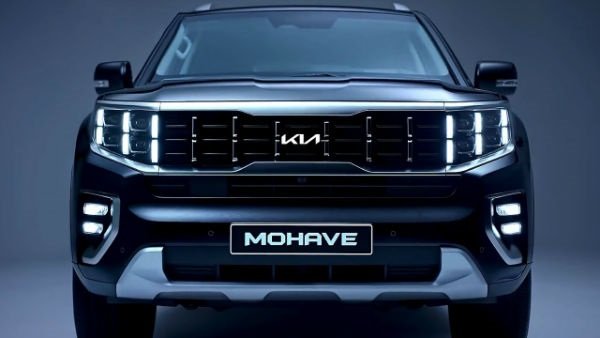


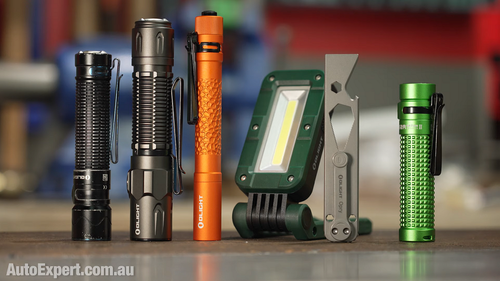

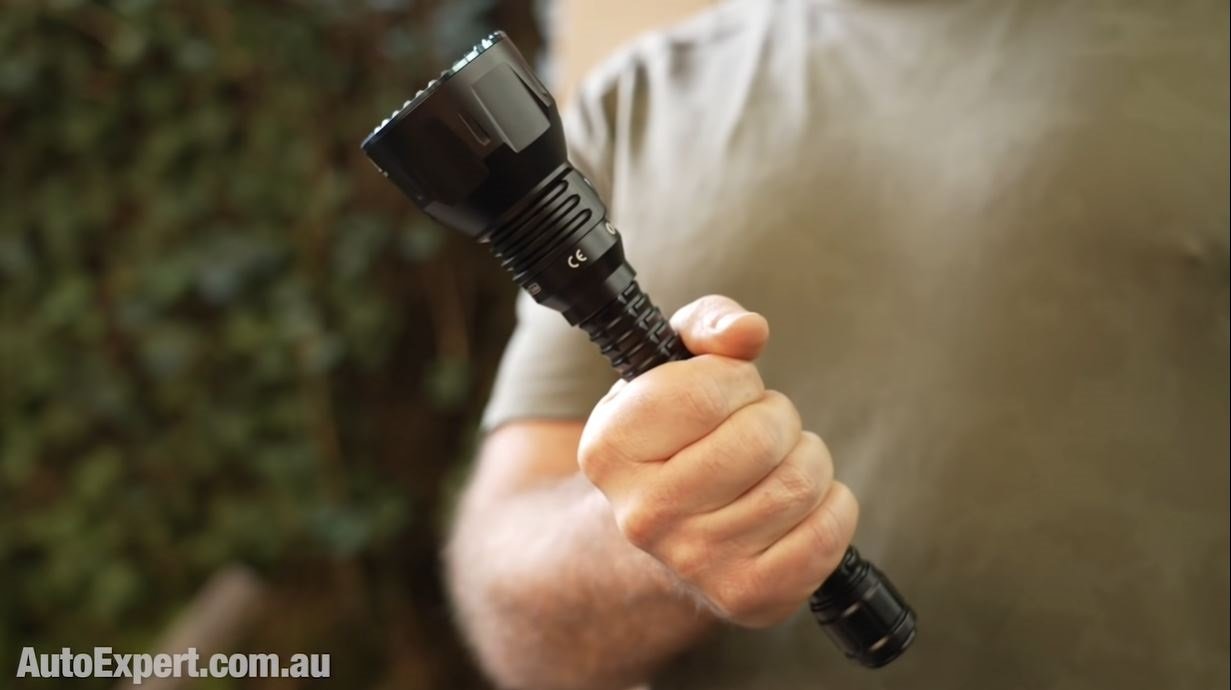
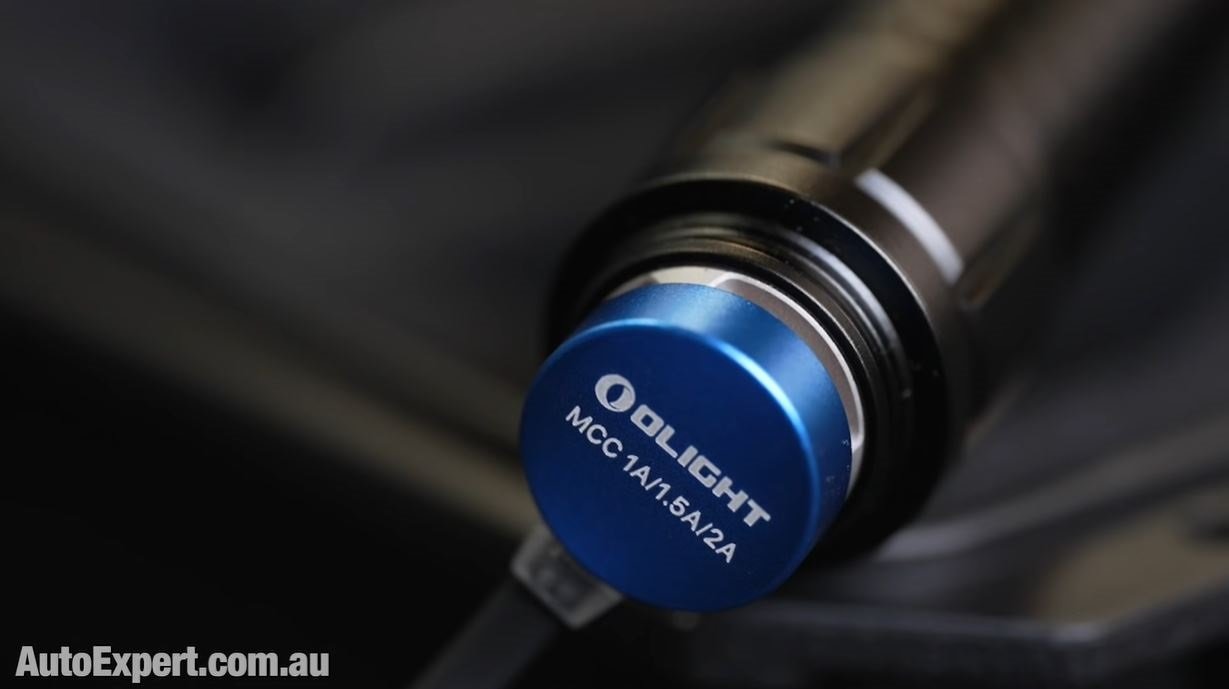
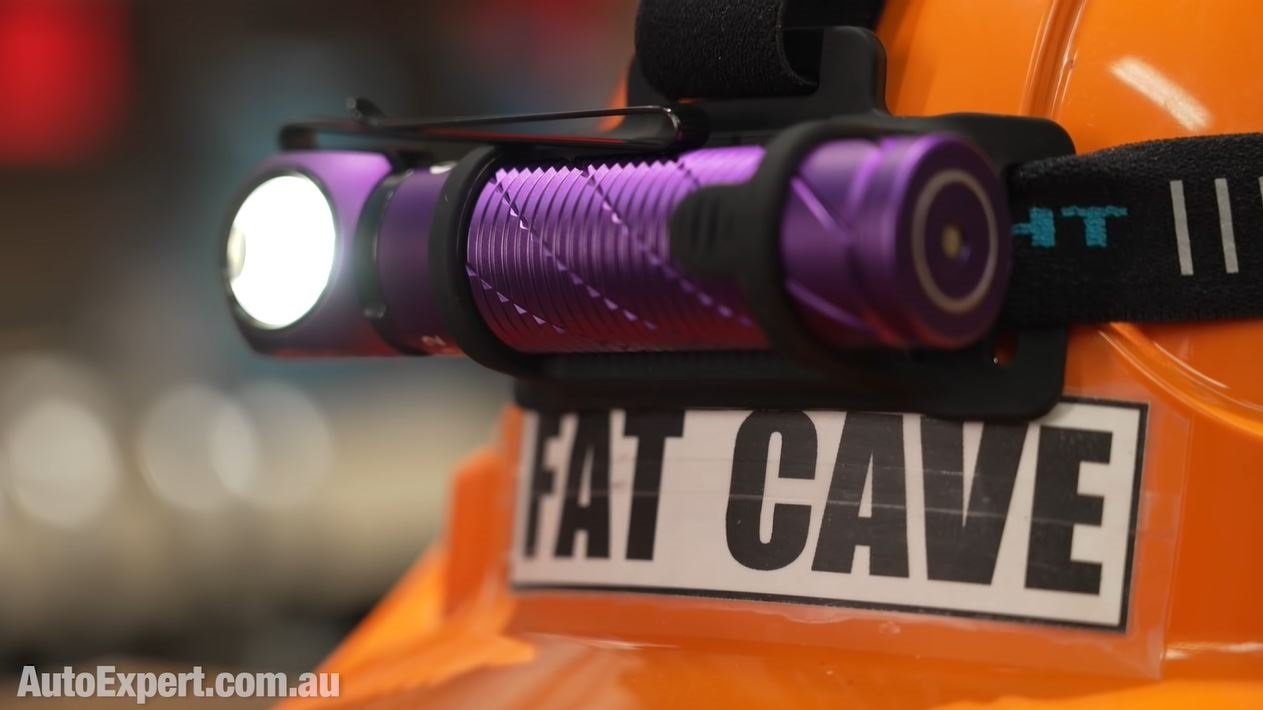
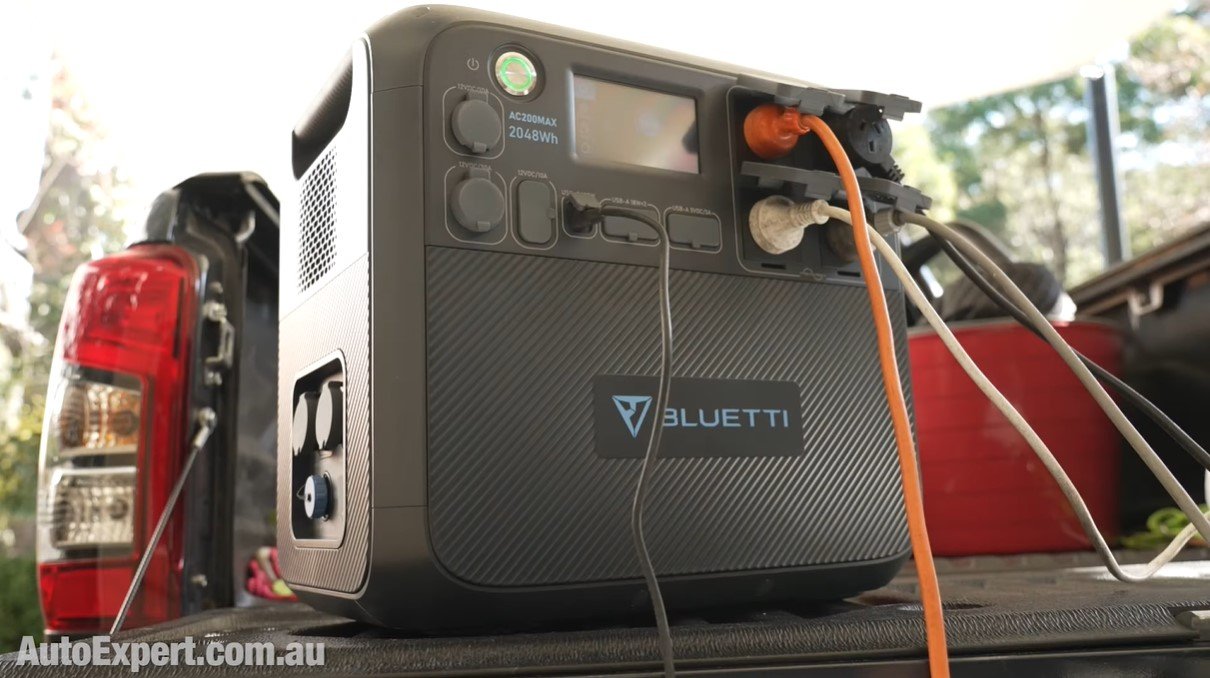
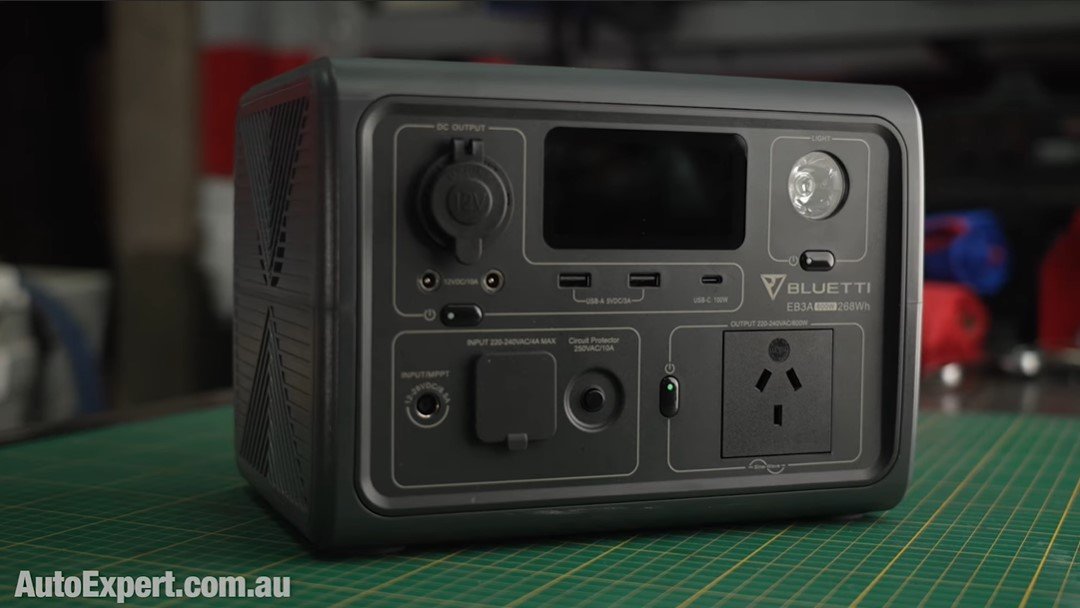
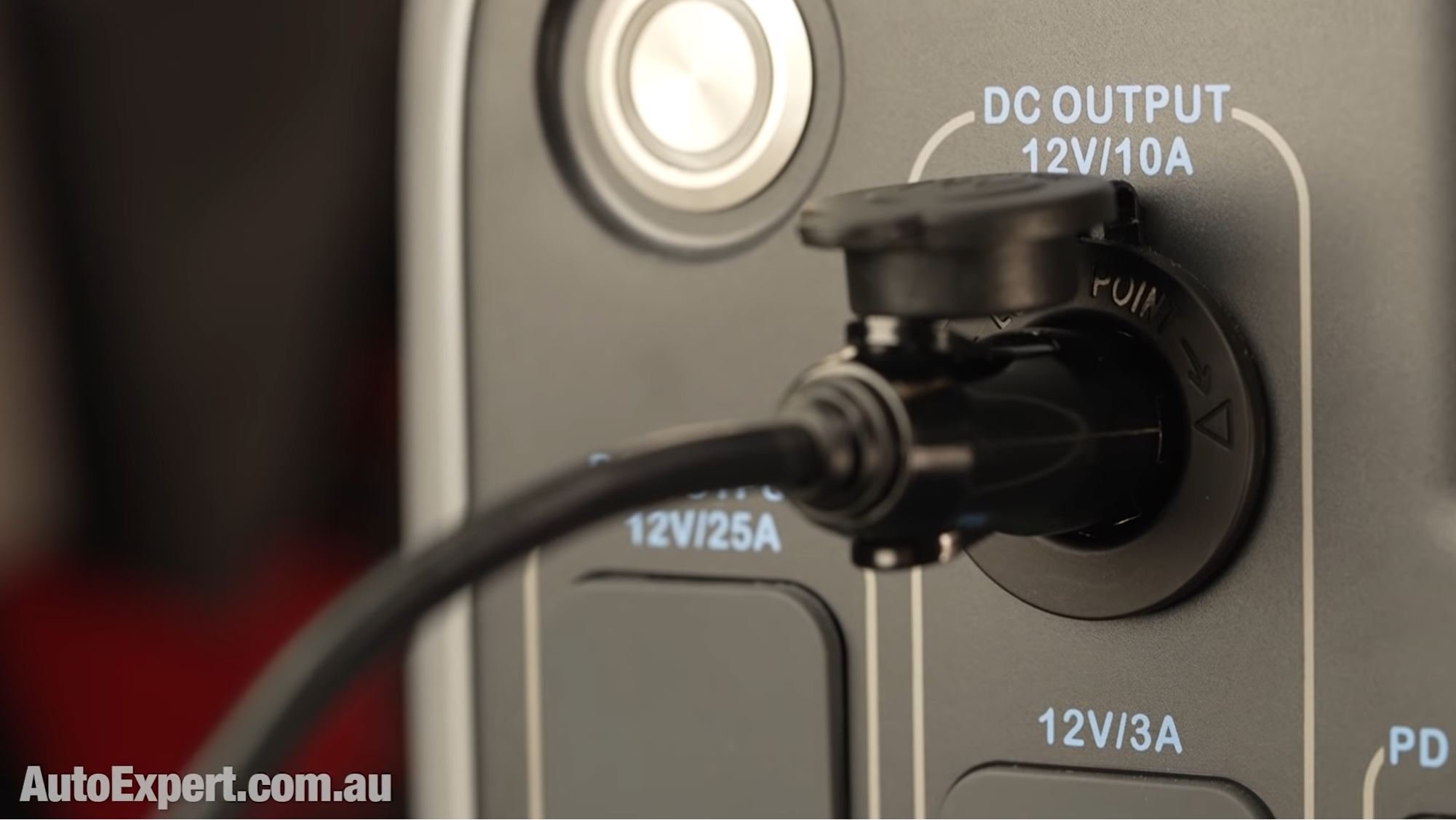
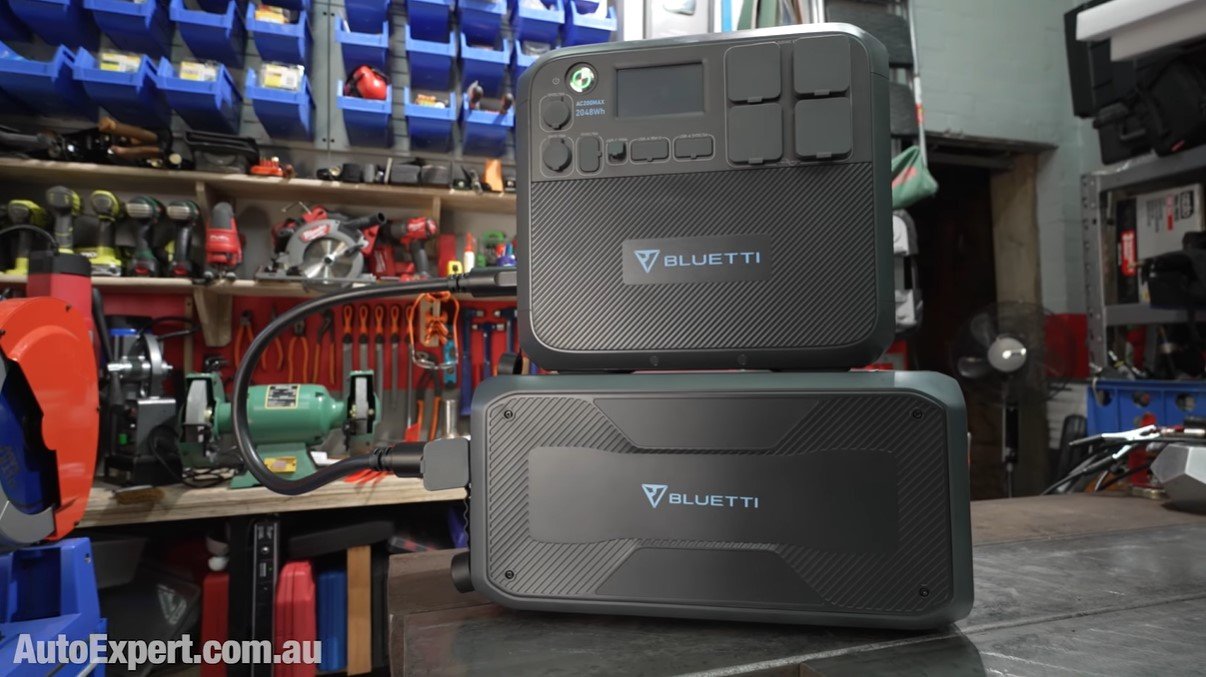
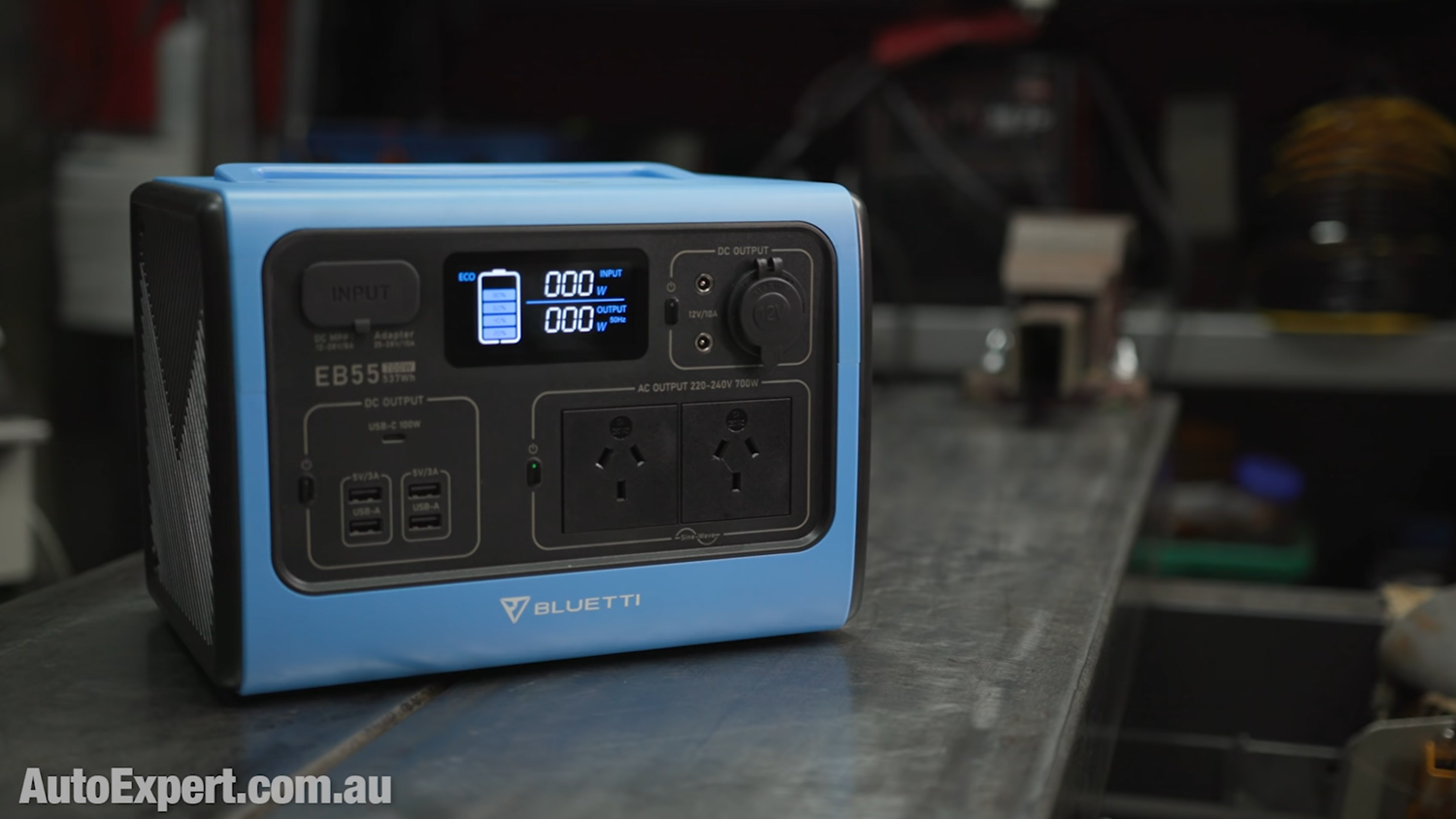
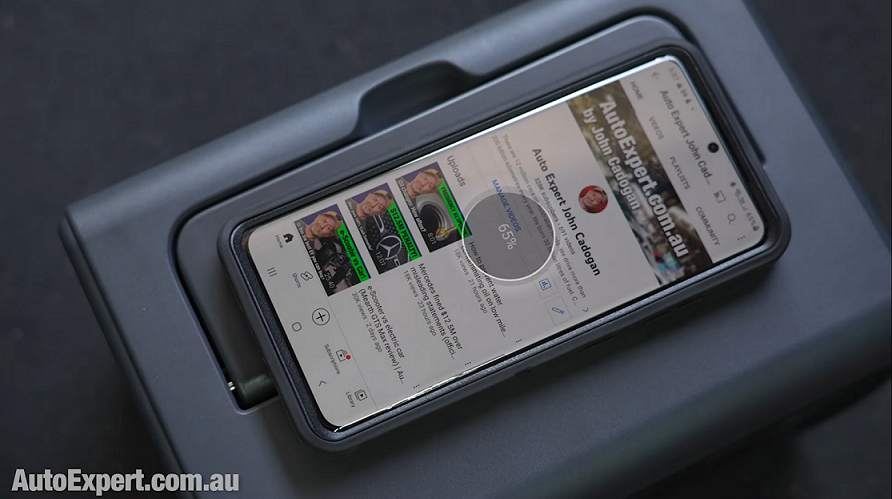
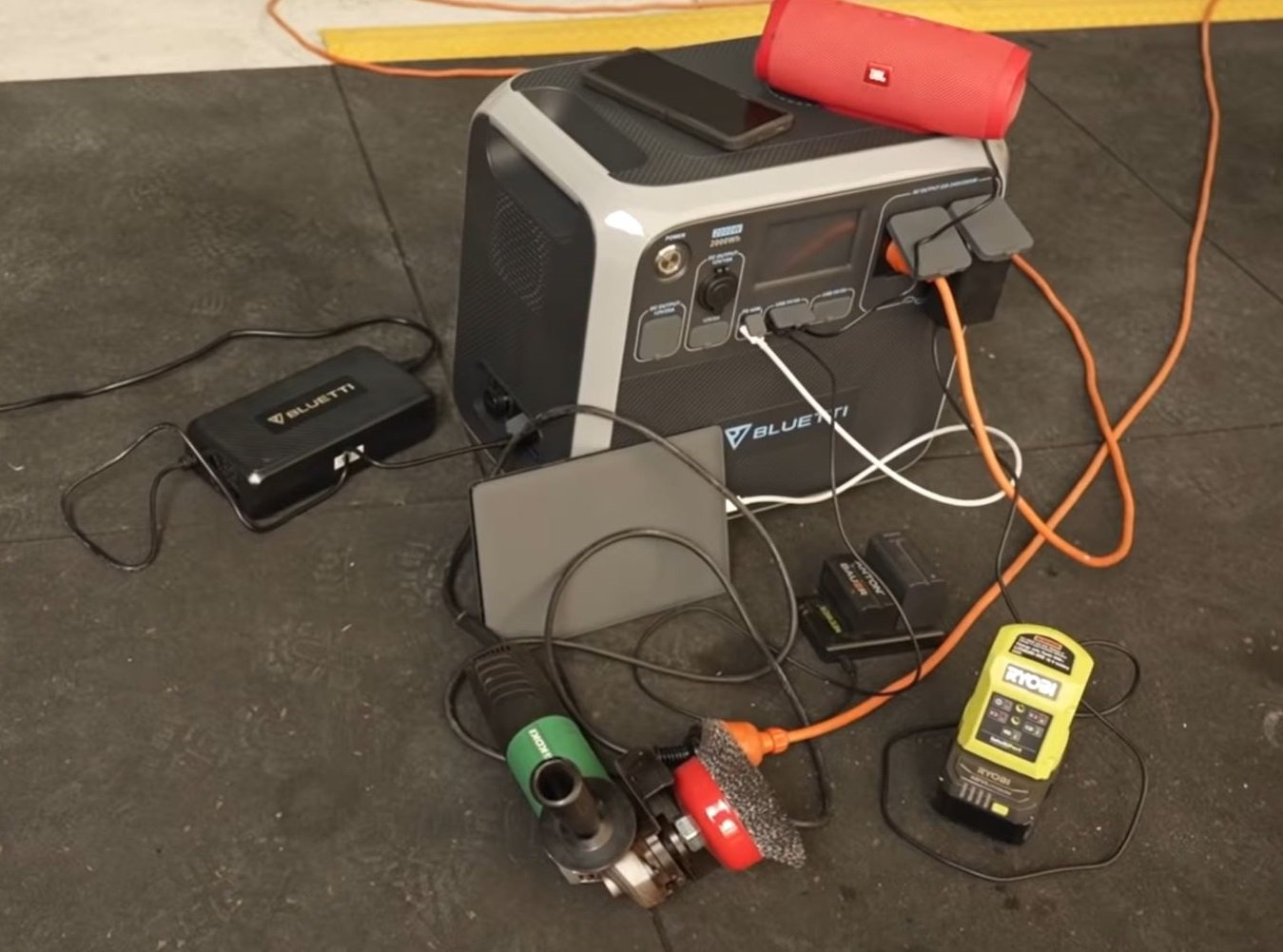
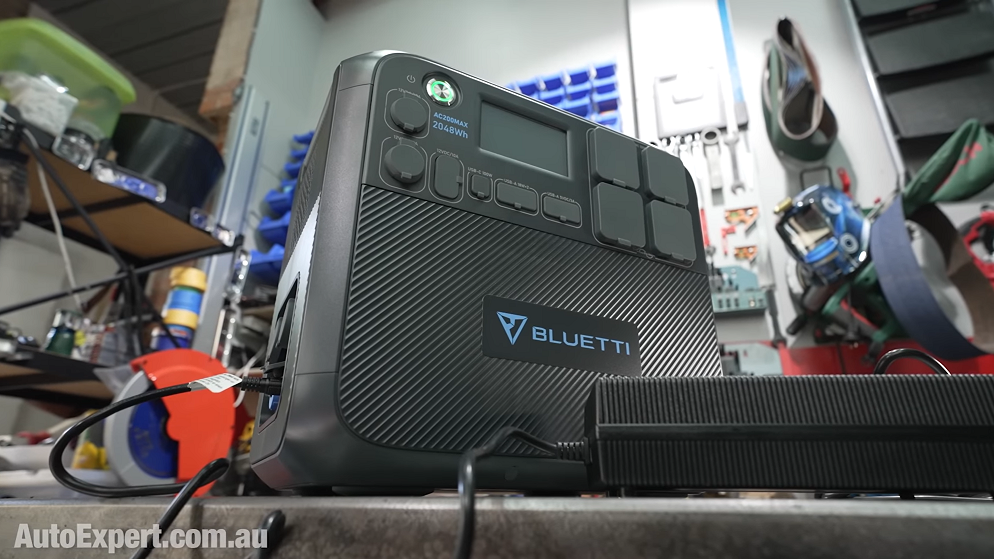




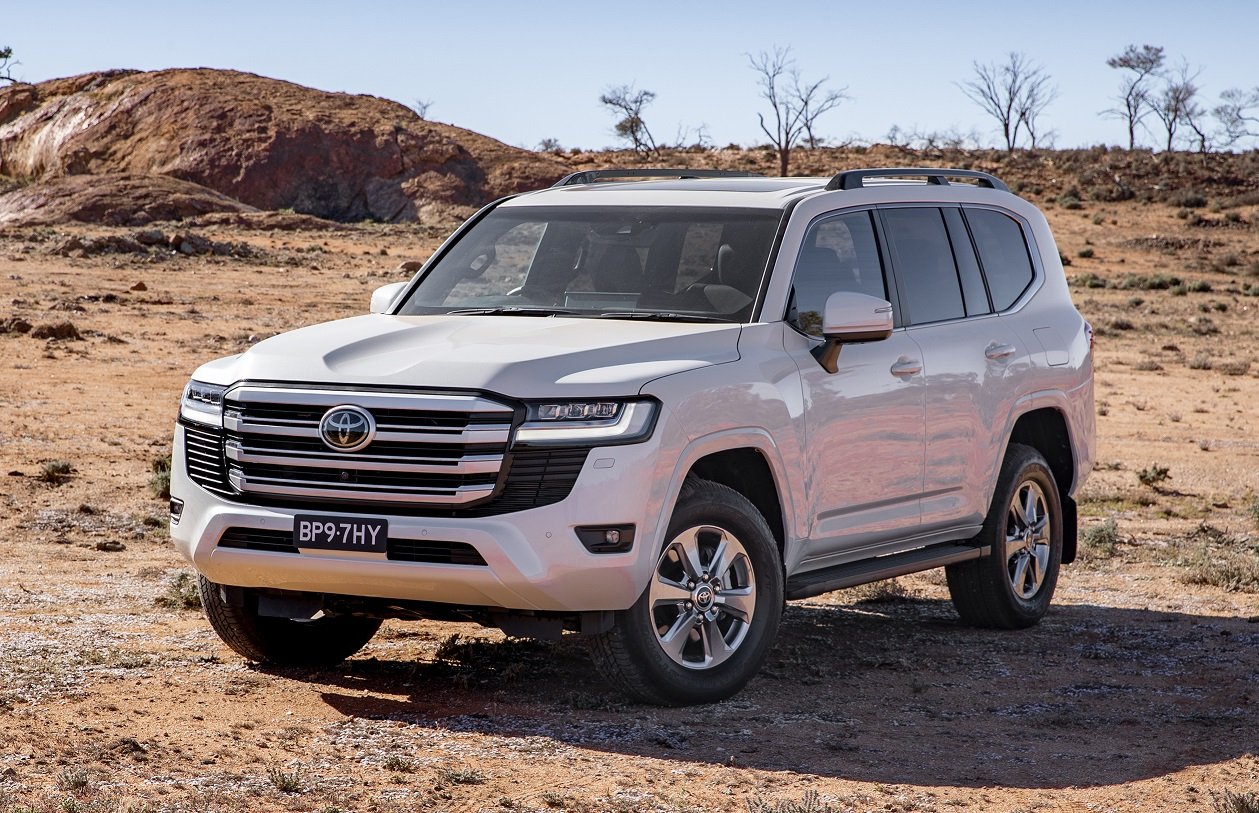


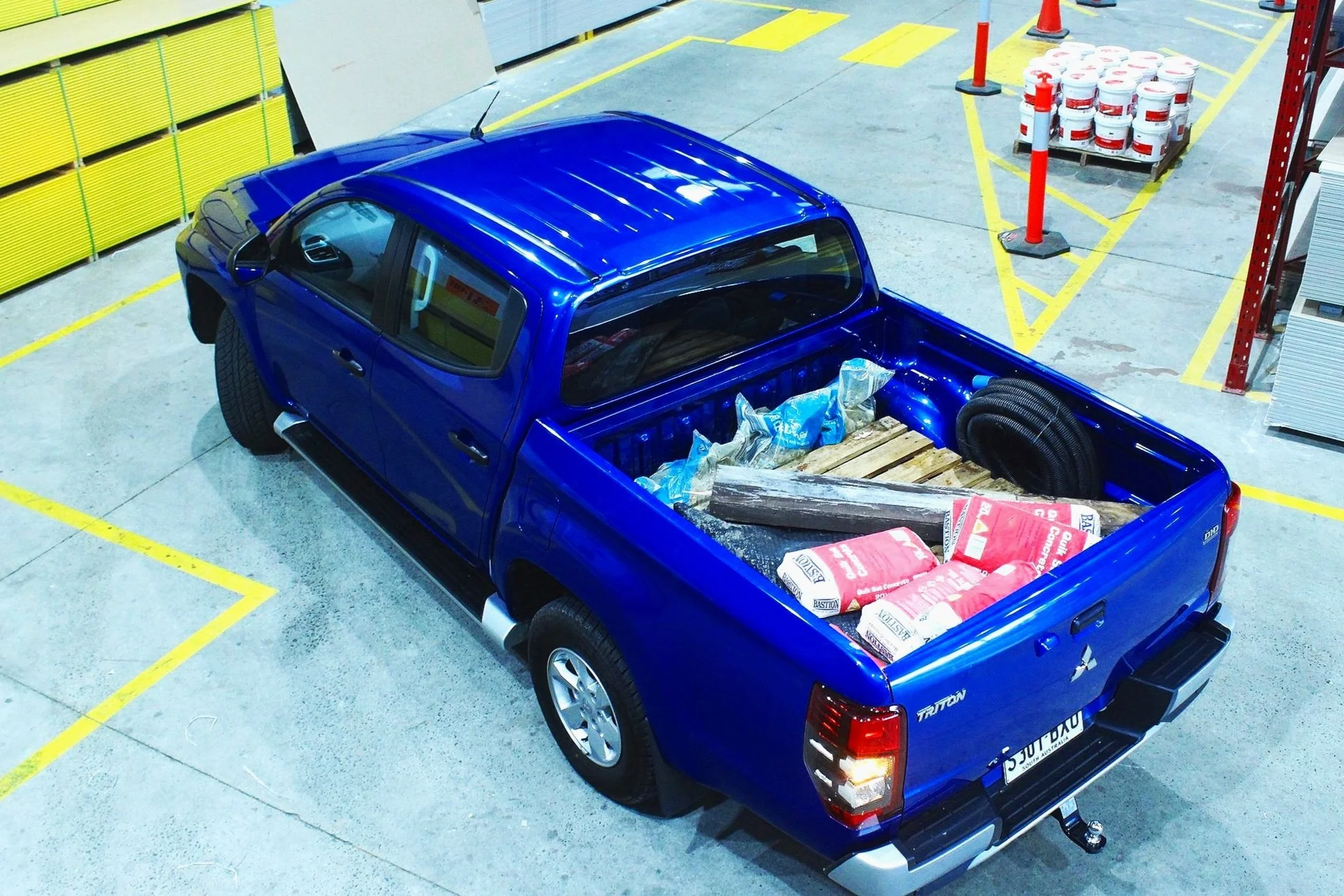



The new Triton is a 4x4 ute that offers excellent value, benchmark towing capacity and off-road capability that puts more expensive utes to shame. Here’s what you need to know about Mitsubishi’s tougher, smarter, comfier pick-up.